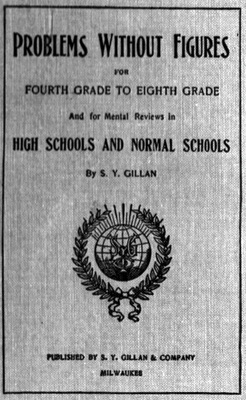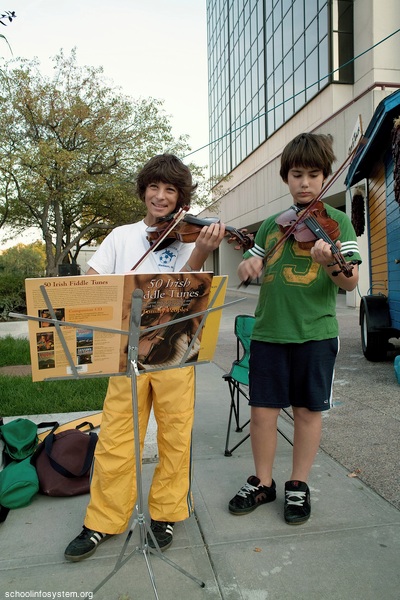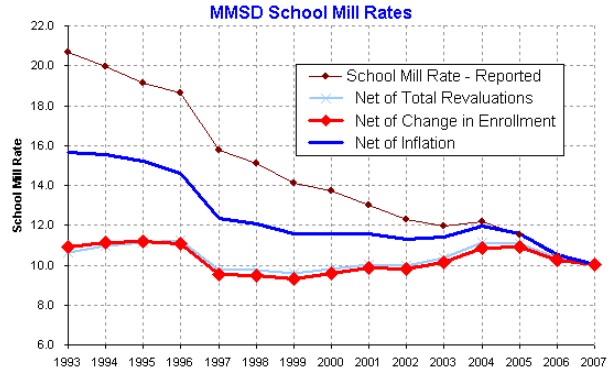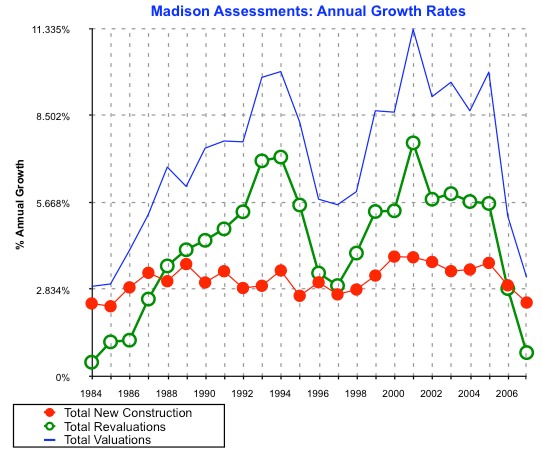Progressive educators often argue that a focus on standards, testing and accountability prevents teachers from exercising their creativity and imagination on the job. As an experiment in imagination, I offer the following suggested parallel universe.
In this universe, there is an Edupundit who gives 200 lectures a year to athletic directors and administrators in the schools (at $5,000 each) on the subjects of competition, standards, testing, and accountability (keeping score) in athletics.
He points out that exercise is a bad idea, that physical fitness is harmful, and that sports destroy a sense of community in education. He argues that rewarding coaches for good performance by their teams and individual athletes is “odious,” and about merit pay for such work, he says, “If you jump through hoops, we’ll give you a doggie biscuit in the form of money.”
He reveals that poor athletes often fail to succeed in sports and that this constitutes “what could be described as” athletic “ethnic cleansing.” He says that the number of games and matches student athletes take part in is “mind-boggling.”
Keeping score in games and matches, he says, is “not just meaningless. It’s worrisome.” And concludes that “Standards,” scoring, “and Other Follies” (like competition) have no place in the athletic program in the schools. He has written popular books calling for an end to discipline, rewards, and competition in sports.
This may be all very well in that universe, but how would it play in ours? When it comes to athletics, I doubt very much if anyone advocating such views would be invited to speak by a high school athletic director anywhere in the country. And I assume that books making those arguments would have no sales at all.
However, in our own space-time situation, we do have Alfie Kohn, whose books include: The Homework Myth; What Does it Mean to be Well-Educated?, and More Essays on Standards, Grading, and Other Follies; Punished by Rewards; No Contest: The Case Against Competition; The Case Against Standardized Testing; Beyond Discipline, etc.
It has been reported that he does indeed give 200 speeches a year, mostly to administrators and educators, at $5,000 each, and that in them he fights against academic work, standards, testing, discipline, competition, and accountability just as his imaginary counterpart opposes all those things for athletics in that other universe.
But Alfie Kohn’s books do sell here, he gets invited to share these ideas of his, and large audiences of our educators come to be told that if they do their jobs very well, and receive financial rewards, they are good dogs and are being given doggie biscuits for jumping through hoops.
It is not clear whether he regards his own lecture fees as doggie biscuits, but he does claim that when students do poorly in school, the remedy is not more and better homework, because he has already made the case against homework. And rather than calling for higher academic standards, and more student diligence in school, he thinks what we need is an end to “educational ethnic cleansing” instead.
The damage done by such an Edupundit to the effort to achieve educational reform through higher academic standards and better accountability is not easy to gauge. Perhaps some who attend his 200 lectures think he is funny, somewhat like those progressive educators who are so intent on “hands-on learning,” “field trips,” and “social activism” on the part of students that one can almost imagine them saying to students, in effect, “Step away from that book and no one gets hurt!”
Surely Mister Kohn is one of a kind, but we would not have achieved the high and world-renowned levels of mediocrity in our nation’s schools if there were not thousands of educational workers who think as he does, and dedicate themselves each day to keeping academic standards low, preventing students from being challenged academically, and fighting hard against any information which might come from tests which could hold them accountable for the ignorance and academic incompetence of their (our) students.
We need to find educators for our schools who have succeeded academically themselves and as a result are not trying to block the academic achievement of their students. Steve Jobs of Apple Computer used to say that “A people hire A people, and B people hire C people.” We need more ‘A’ people looking for their peers to help them raise academic standards for our students. Educators who have done poorly in school may like Mr. Kohn’s arguments. Most of those who have done well would not.
[Mr. Kohn’s quotes are from a story by Lisa Schnecker in The Salt Lake Tribune from 17 October 2008]
Will Fitzhugh [founder]
Consortium for Varsity Academics® [2007]
The Concord Review [1987]
Ralph Waldo Emerson Prizes [1995]
National Writing Board [1998]
TCR Institute [2002]
730 Boston Post Road, Suite 24
Sudbury, Massachusetts 01776 USA
978-443-0022; 800-331-5007
www.tcr.org; fitzhugh@tcr.org
Varsity Academics®




 A Math book for “High Schools and Normal Schools by S.Y. Gillan [
A Math book for “High Schools and Normal Schools by S.Y. Gillan [ I recently had an opportunity to visit with Todd Barry,
I recently had an opportunity to visit with Todd Barry, 

